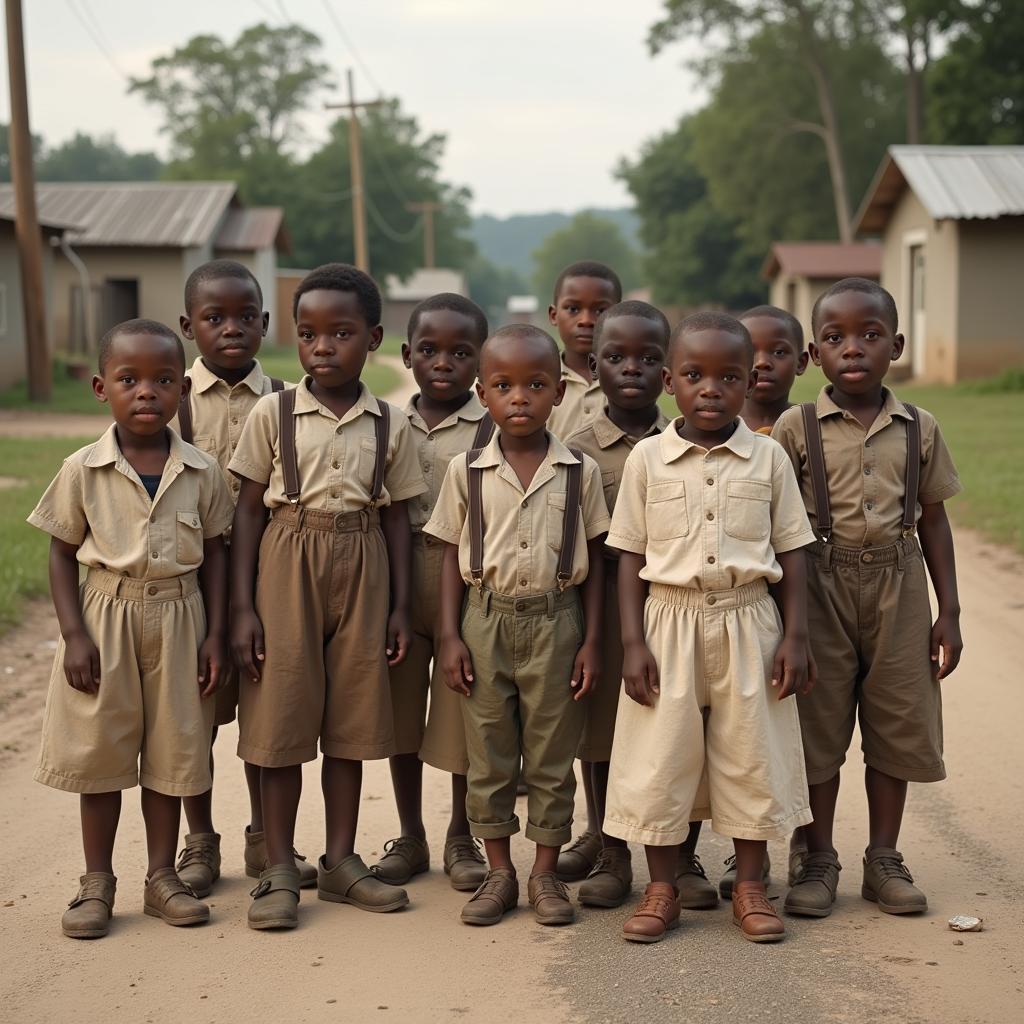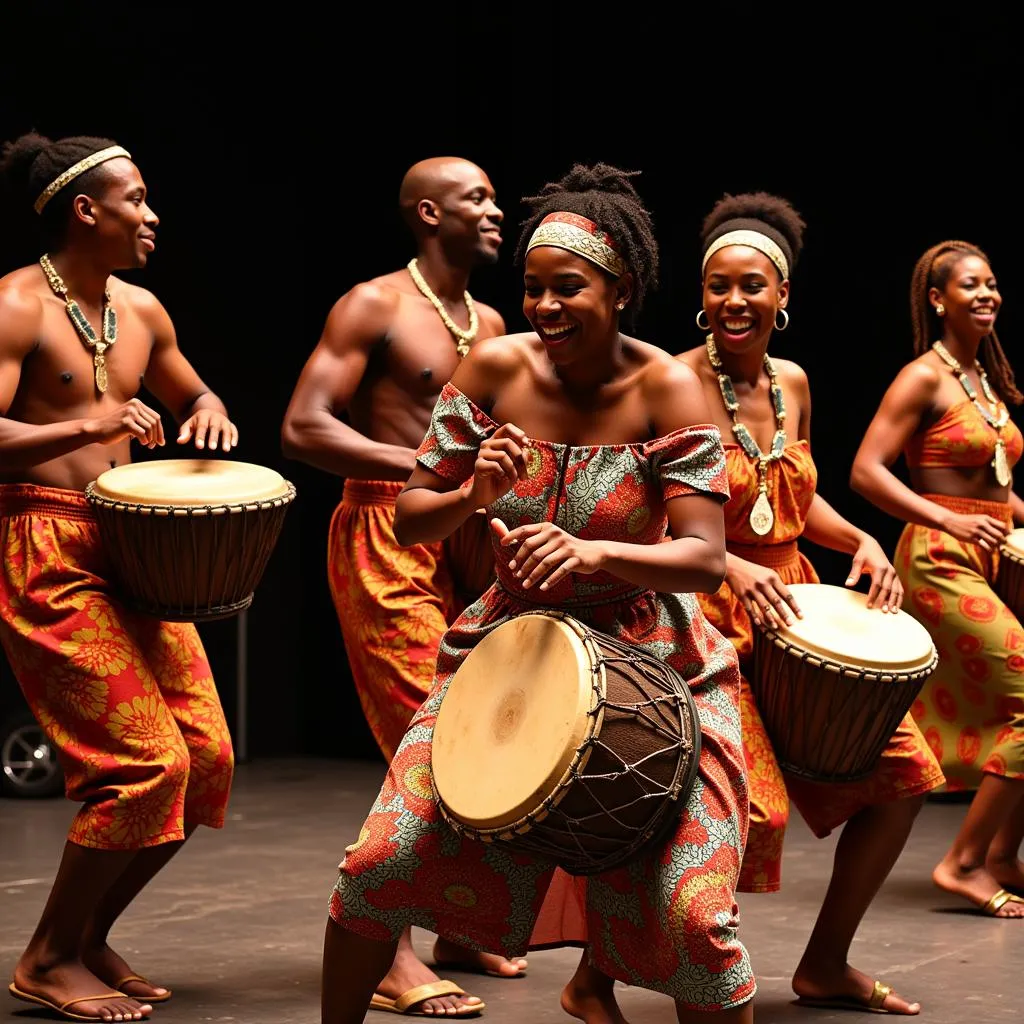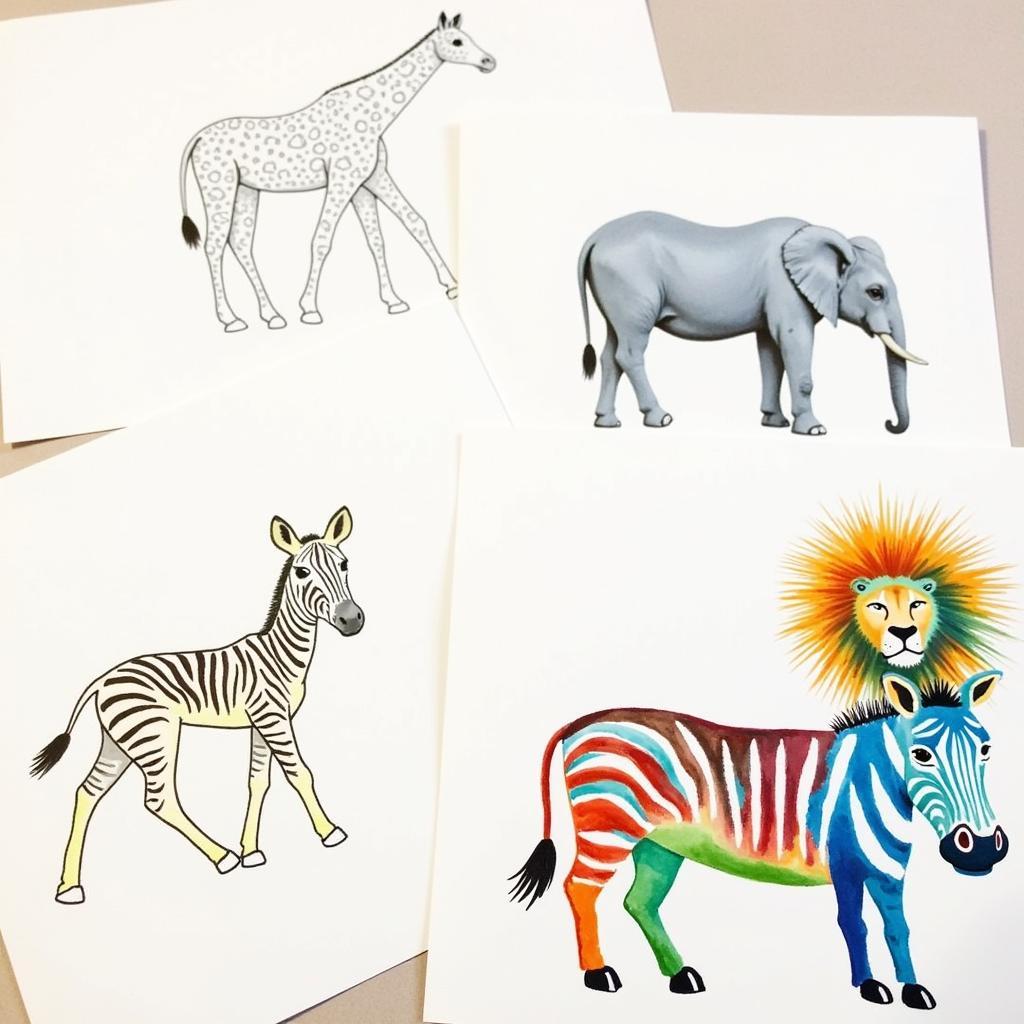The Disturbing Myth of African Kids as Alligator Bait
The unsettling phrase “African Kids Alligator Bait” conjures up horrific images and speaks to a deeply racist past. While there is no evidence to support the idea that African children were ever used as alligator bait, the very existence of this phrase reveals a dark chapter in history marked by exploitation, dehumanization, and the perpetuation of harmful stereotypes. This article will explore the origins of this disturbing myth, its impact, and the importance of confronting such harmful narratives.
Unveiling the Historical Roots of a Cruel Myth
The myth of “African kids alligator bait” emerged in the late 19th and early 20th centuries in the United States, a period rife with racial discrimination and violence against Black people. This period, following the Civil War and Reconstruction, saw the rise of Jim Crow laws and widespread lynching. The myth likely stemmed from a combination of factors, including sensationalized newspaper reporting, racist caricatures in popular culture, and the deliberate dehumanization of Black individuals to justify their oppression. These fabricated stories served to reinforce existing prejudices and create an environment of fear and distrust.
 African American children in the early 1900s during segregation
African American children in the early 1900s during segregation
Perpetuating the Myth: Media and Popular Culture’s Role
The spread of the “African kids alligator bait” myth was significantly aided by its portrayal in various forms of media and popular culture. Postcards depicting Black children near alligators were circulated, often with captions that reinforced the horrific lie. These images became ingrained in the public consciousness, further normalizing the dehumanization of Black children. Even children’s rhymes and songs alluded to this myth, demonstrating how deeply ingrained these racist tropes were in society.
The Impact of Dehumanization: Beyond the Myth
The myth of “African kids alligator bait,” while entirely baseless, had a profound impact. It fueled racist attitudes and contributed to the justification of violence against Black people. By portraying Black children as disposable and less than human, the myth fostered an environment where violence and discrimination could flourish. The psychological scars of this dehumanization persist in communities to this day.
Confronting the Past, Building a Better Future
Understanding the origins and impact of the “African kids alligator bait” myth is crucial for dismantling systemic racism and building a more equitable future. Acknowledging this dark chapter in history allows us to confront the lingering effects of dehumanization and challenge the perpetuation of harmful stereotypes. Education and open dialogue are essential for breaking down these harmful narratives and fostering empathy and understanding.
Was the “Alligator Bait” Myth Ever True?
No, there is no historical evidence whatsoever to support the claim that African children were ever used as alligator bait. The myth is a fabrication rooted in racism and the dehumanization of Black people.
Conclusion: Remembering and Learning from a Painful Past
The “African kids alligator bait” myth serves as a chilling reminder of the pervasive racism that has plagued our history. While the myth itself is false, the underlying prejudice that fueled its creation and dissemination is real and must be confronted. By understanding the roots and impact of this disturbing myth, we can work towards a future where such horrific narratives are relegated to the past and where all children are treated with the dignity and respect they deserve.
Frequently Asked Questions
- What is the origin of the “alligator bait” myth? The myth originated in the late 19th and early 20th centuries in the United States as a tool to dehumanize Black people.
- Is there any evidence to support the “alligator bait” myth? Absolutely not. There is no historical evidence to support this horrific claim.
- How did the myth spread? The myth was perpetuated through racist caricatures, sensationalized newspaper reporting, postcards, and even children’s rhymes.
- What is the impact of the myth? The myth contributed to the justification of violence and discrimination against Black people.
- Why is it important to discuss this myth? Understanding this myth is crucial for confronting the legacy of racism and building a more equitable future.
- How can we combat the perpetuation of harmful stereotypes? Education, open dialogue, and critical analysis of historical narratives are essential.
- What can I do to learn more about this topic? Research reputable historical sources, engage in conversations about race and racism, and support organizations working to combat racial injustice.
For further support and information, please contact us: Phone: +255768904061, Email: kaka.mag@gmail.com or visit us at Mbarali DC Mawindi, Kangaga, Tanzania. Our customer service team is available 24/7.




